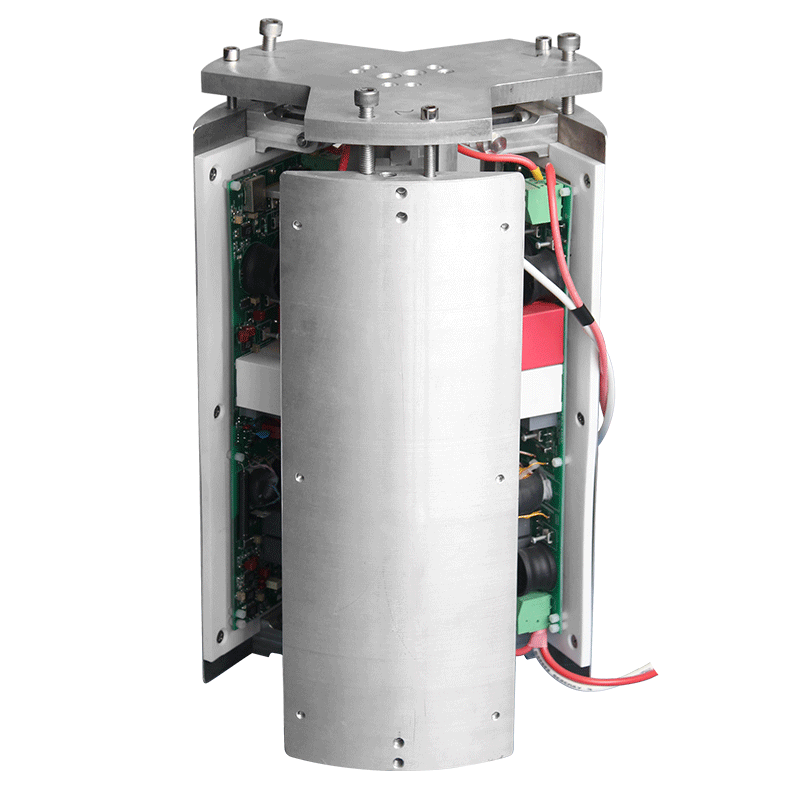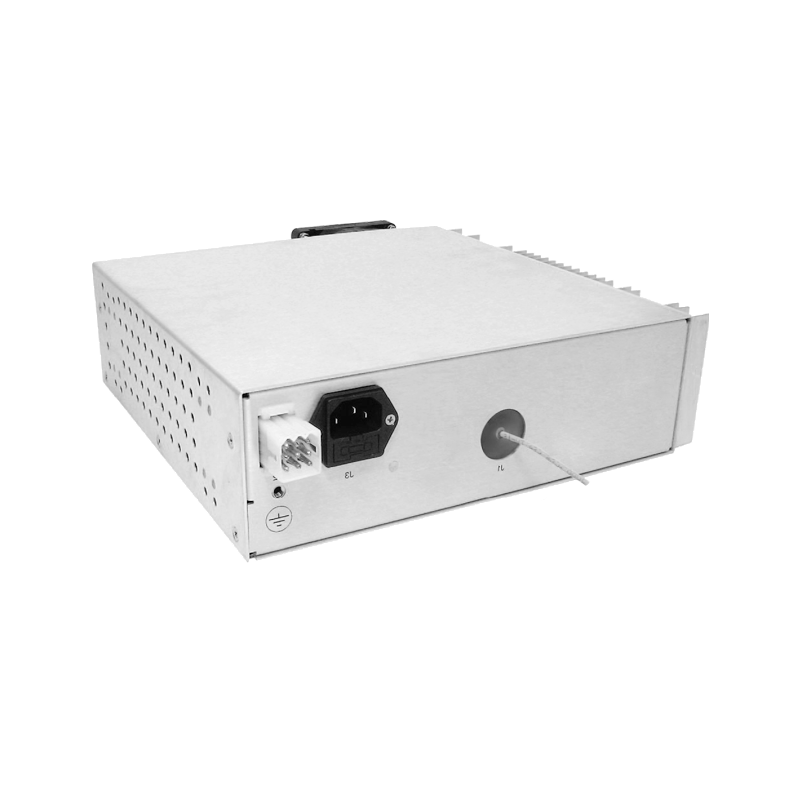Vacuum Coating Machine High-Voltage Power Supply Reliability Optimization Scheme
In the domain of thin-film deposition technologies, vacuum coating machines play a pivotal role in fabricating high-performance optical, electronic, and protective coatings. Central to their operation is the high-voltage power supply (HVPS), which drives plasma generation, ion acceleration, and substrate biasing during physical vapor deposition (PVD) or sputtering processes. However, the operational reliability of HVPS units directly influences coating uniformity, process repeatability, and overall equipment uptime. Consequently, optimizing the reliability of HVPS systems in vacuum coating environments demands a multidisciplinary approach encompassing electrical engineering, thermal management, materials science, and control theory.One critical factor affecting HVPS reliability is dielectric breakdown under prolonged high-field stress. In vacuum or low-pressure gas environments, partial discharges can initiate at microscopic imperfections on insulator surfaces or within encapsulation materials. Over time, these discharges erode insulation integrity, eventually leading to catastrophic failure. To mitigate this, modern HVPS designs incorporate graded permittivity insulation structures and conformal coatings that homogenize electric field distribution. Additionally, the selection of high-purity alumina or polyimide-based dielectrics with low outgassing characteristics ensures compatibility with ultra-high vacuum (UHV) conditions while maintaining long-term dielectric strength.Thermal management also significantly impacts reliability. High-voltage components such as rectifiers, transformers, and switching semiconductors generate substantial heat during continuous operation. Inadequate heat dissipation leads to localized hotspots, accelerating material aging and increasing leakage currents. Advanced cooling architectures—such as liquid-cooled heat sinks integrated with phase-change materials or thermoelectric coolers—enable precise temperature regulation even under variable load conditions. Moreover, real-time thermal monitoring via embedded fiber Bragg grating sensors allows dynamic adjustment of output parameters to prevent thermal runaway.Another dimension of reliability optimization lies in control algorithm robustness. Traditional open-loop HVPS systems are susceptible to load impedance fluctuations caused by plasma instabilities or target erosion. Closed-loop feedback mechanisms employing fast-response current and voltage sensors facilitate adaptive regulation, maintaining stable discharge characteristics despite process variations. Digital signal processors (DSPs) with predictive control algorithms can preemptively compensate for anticipated load transients, thereby reducing stress on power components and extending service life.Electromagnetic interference (EMI) suppression is equally vital. The rapid switching of high-voltage waveforms generates broadband noise that can disrupt adjacent instrumentation or communication systems. Multi-stage filtering networks combining common-mode chokes, differential-mode capacitors, and ferrite absorbers attenuate conducted and radiated emissions. Shielded enclosures constructed from mu-metal or conductive composites further isolate internal circuitry from external fields, ensuring electromagnetic compatibility (EMC) compliance without compromising signal fidelity.Furthermore, modular redundancy enhances system-level reliability. By distributing power delivery across multiple parallel HVPS channels, the failure of a single module does not halt the entire coating process. Intelligent load-sharing protocols dynamically redistribute output among active units, preserving process continuity while triggering maintenance alerts for degraded modules. This architecture not only improves mean time between failures (MTBF) but also simplifies field servicing and upgrades.Environmental resilience must also be addressed. Vacuum coating facilities often operate in industrial settings with wide ambient temperature swings, humidity fluctuations, and mechanical vibrations. Potting compounds with matched coefficients of thermal expansion (CTE) protect delicate interconnects from fatigue-induced fractures. Vibration-damping mounts and hermetic sealing prevent ingress of contaminants that could compromise high-voltage interfaces.Finally, predictive maintenance strategies leveraging machine learning models trained on historical operational data enable early detection of incipient faults. Parameters such as ripple amplitude, corona inception voltage, and switching jitter serve as health indicators. Anomalous trends trigger diagnostic routines that localize potential failure points before they manifest as functional disruptions. This proactive approach minimizes unplanned downtime and aligns with Industry 4.0 principles of intelligent manufacturing.Collectively, these strategies—spanning materials selection, thermal design, control intelligence, EMI mitigation, modularity, environmental hardening, and data-driven diagnostics—constitute a comprehensive framework for enhancing the reliability of high-voltage power supplies in vacuum coating applications. Their synergistic implementation ensures consistent film quality, extended equipment lifespan, and reduced total cost of ownership in advanced thin-film fabrication environments.Multi-Channel High-Voltage Power Supply for Enhanced Wafer Inspection Accuracy




















